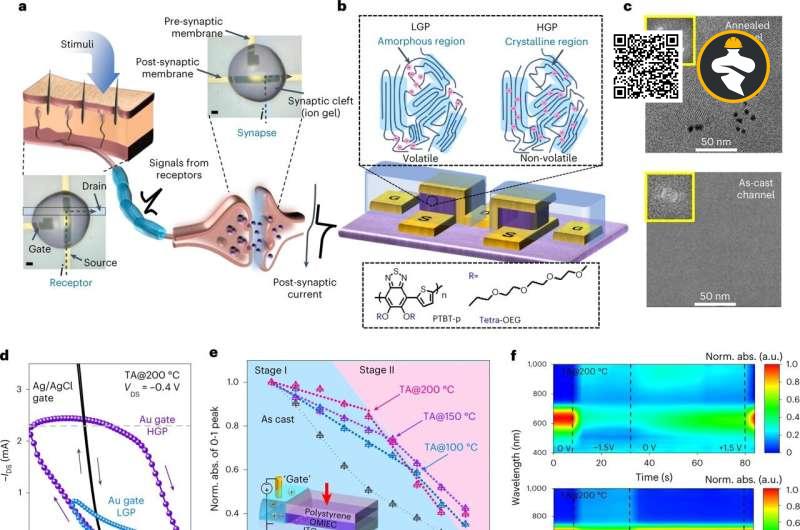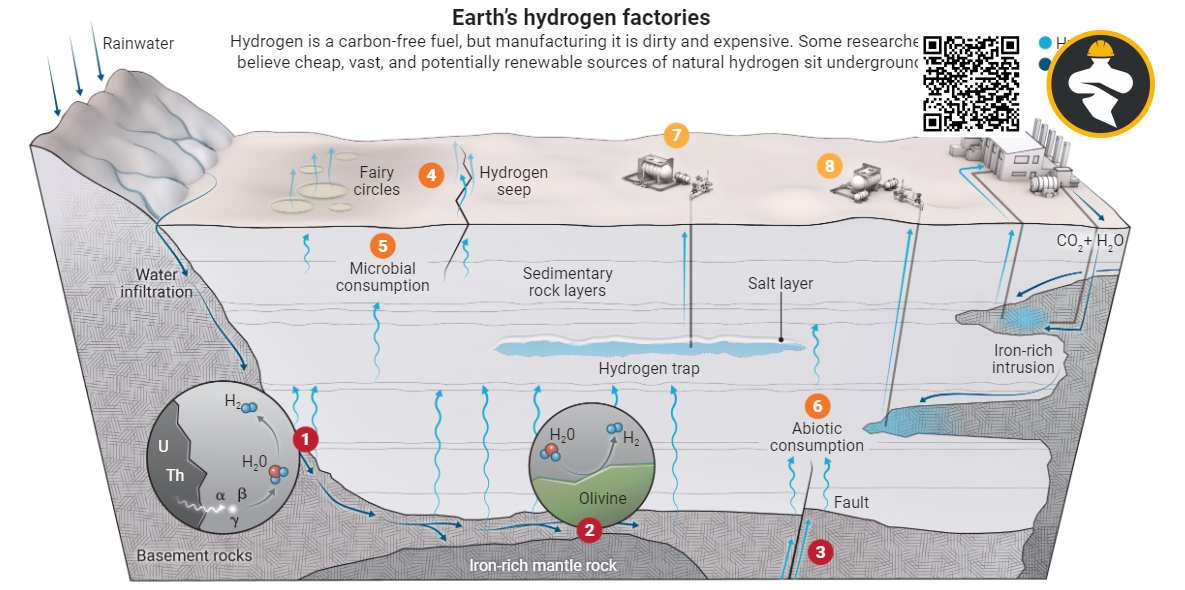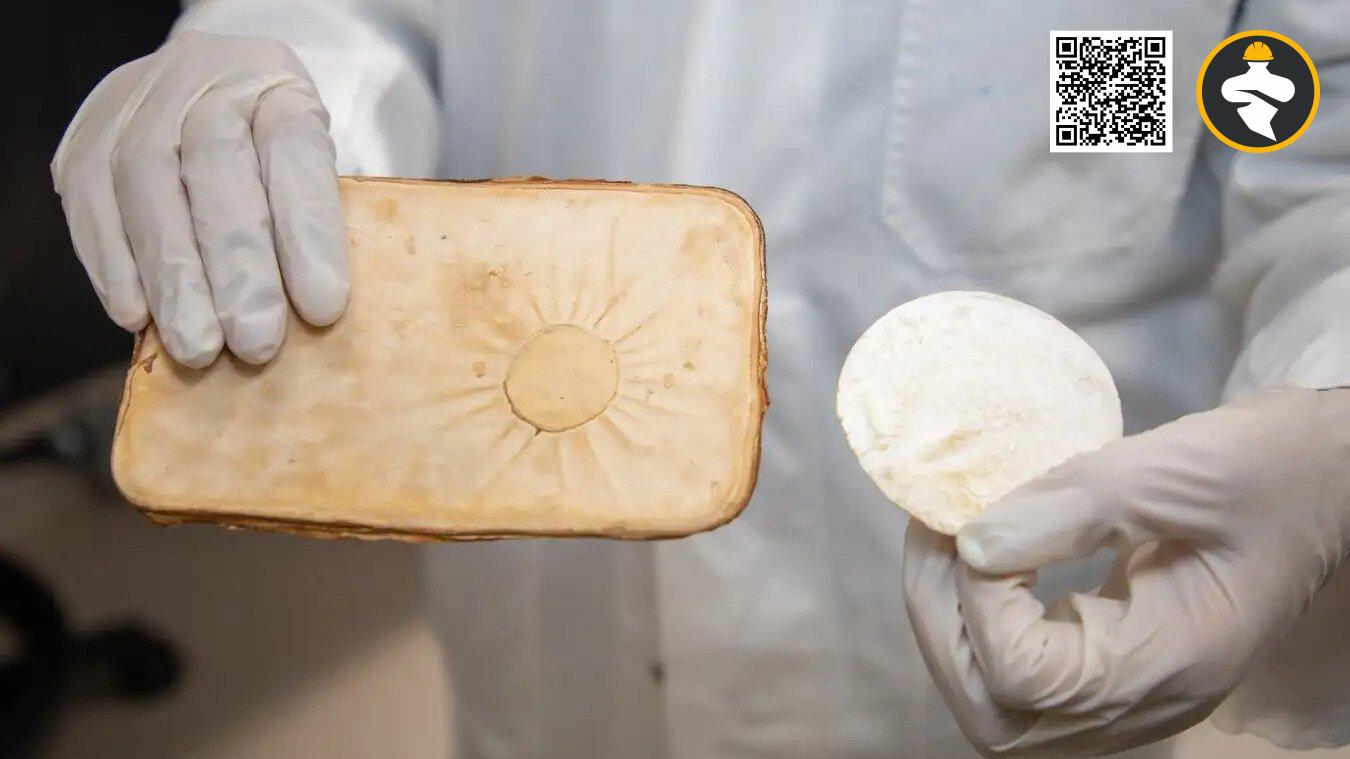In the realm of sensing technology, there’s a new kid on the block: the electrochemical transistor sensor-processor. This innovative tool was developed by a team of researchers at the University of California, Berkeley, and it has the potential to revolutionize the way we detect and analyze various chemicals.
At its core, the electrochemical transistor sensor-processor works by utilizing a specially designed transistor that reacts to specific chemicals in the surrounding environment. This reaction is then converted into an electrical signal that can be read and analyzed by an attached processor. This amazing technology has already demonstrated its ability to detect various gases, including carbon monoxide and nitrogen dioxide, with great accuracy.
One of the most exciting aspects of this new sensing technology is its potential for integration into various devices, including smartphones and wearables. Imagine having the ability to detect harmful chemicals in the air or water with just a tap on your phone screen! The electrochemical transistor sensor-processor is also highly customizable, allowing for the detection of specific chemicals in different contexts.
The electrochemical transistor sensor-processor is not only effective, but it is also cost-efficient and environmentally friendly. Unlike traditional chemical detectors, which require expensive and often toxic chemicals to function, this new technology utilizes only simple materials like gold and copper. This makes it an excellent option for use in various fields, including healthcare, environmental monitoring, and even food quality control.
In conclusion, the electrochemical transistor sensor-processor is a game-changer in the world of sensing technology. Its accuracy, adaptability, and cost-effectiveness make it an excellent choice for use in a wide range of settings. It is exciting to consider the possibilities that this innovative tool presents for the future of chemical detection and analysis.
Reference: techxplore.com












